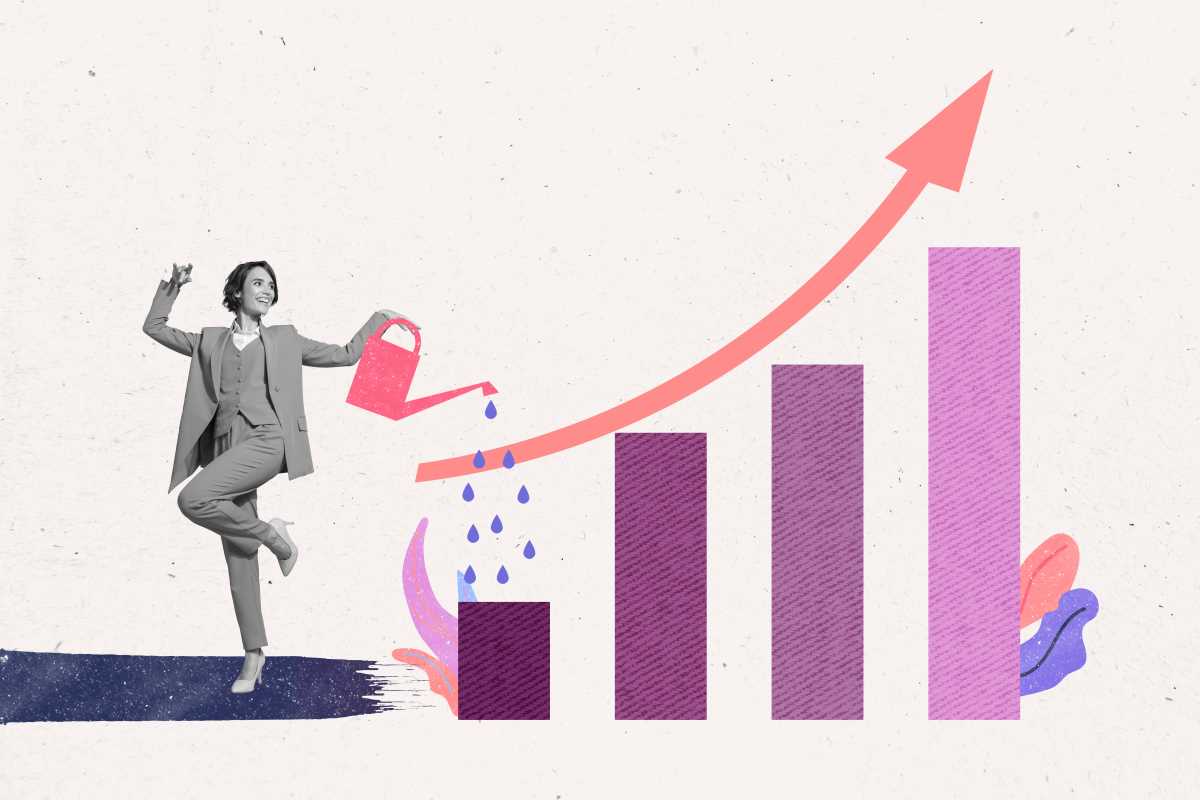Embarking on a career in sustainable fashion design offers an exhilarating path for individuals eager to merge style with environmental responsibility. With more consumers becoming conscious of their environmental footprint, there's a rising interest in brands dedicated to sustainable practices. This growing awareness fuels the need for innovative designers who can skillfully craft fashionable yet eco-friendly clothing. As shoppers increasingly prioritize sustainability in their purchasing decisions, the fashion industry eagerly seeks professionals who can balance artistic vision with ethical considerations. This dynamic field presents a unique opportunity to influence fashion trends while contributing positively to the planet.
Understanding Sustainable Fashion
Sustainable fashion revolves around practices that minimize environmental impact and promote ethical standards throughout the garment's lifecycle. Here are some key principles and concepts:
- Eco-friendly Materials: Using organic, recycled, or biodegradable fabrics reduces the environmental footprint of clothing.
- Ethical Production: Ensuring fair wages and safe working conditions for all workers involved in the manufacturing process.
- Waste Reduction: Implementing approaches like zero-waste pattern cutting and upcycling to minimize textile waste.
- Longevity and Durability: Designing timeless pieces that last longer, encouraging consumers to buy less and choose quality over quantity.
- Transparency: Maintaining openness about sourcing, production methods, and company practices builds trust with consumers.
Skills Needed for a Career in Sustainable Fashion Design
To excel in sustainable fashion design, certain skills are essential:
- Creative Design Skills: Ability to conceptualize and create innovative designs that are both stylish and environmentally friendly.
- Knowledge of Sustainable Practices: Understanding the various methods and materials that contribute to sustainable fashion, such as organic fabrics and ethical manufacturing processes.
- Technical Proficiency: Mastery of design software and garment construction techniques brings ideas to life effectively.
- Project Management: Coordinating different aspects of the design and production process ensures timelines and quality standards are met.
- Communication Skills: Effectively conveying ideas and collaborating with team members, suppliers, and stakeholders helps achieve common goals.
Educational Pathways and Opportunities
Several educational routes exist to pursue a career in sustainable fashion design:
- Formal Education: Enrolling in fashion design programs that offer specialized courses in sustainability provides a solid foundation.
- Workshops and Certifications: Participating in workshops or obtaining certifications focused on sustainable practices enhances your expertise and credibility.
- Internships: Gaining hands-on experience through internships with sustainable brands allows you to apply learned concepts in real-world settings.
- Online Courses: Taking advantage of online platforms that offer courses on sustainable design principles and practices expands your knowledge.
Networking with professionals in the field can also open up opportunities for mentorship and collaboration, further advancing your career prospects.
Building a Portfolio that Stands Out
A strong portfolio is crucial for showcasing your skills and attracting potential employers or clients. Here’s how to make yours exceptional:
- Highlight Sustainable Projects: Include designs that demonstrate your commitment to sustainability, such as using recycled materials or innovative eco-friendly techniques.
- Showcase Versatility: Display a range of styles and concepts to illustrate your ability to adapt and create diverse designs within the sustainable framework.
- Include Detailed Descriptions: Provide context for each project, explaining the sustainable aspects and the design process involved.
- Professional Presentation: Ensure your portfolio is well-organized, visually appealing, and easy to navigate, whether it’s in digital or physical format.
- Continuous Updates: Regularly update your portfolio with your latest work to reflect your growth and ongoing commitment to sustainable fashion.
Networking and Finding Your Footing in the Industry
Building connections is vital for establishing yourself in the sustainable fashion industry. Follow these steps for effective networking:
- Attend Industry Events: Participate in fashion shows, sustainability conferences, and workshops to meet like-minded professionals.
- Join Professional Associations: Become a member of organizations dedicated to sustainable fashion to access resources and networking opportunities.
- Utilize Social Media: Use platforms like LinkedIn and Instagram to connect with industry leaders, share your work, and engage with the sustainable fashion community.
- Collaborate on Projects: Partner with other designers, brands, or organizations on sustainable initiatives to broaden your network and gain experience.
- Seek Mentorship: Find experienced mentors who can provide guidance, support, and valuable insights into navigating the industry.
Staying Updated with Industry Trends and Innovations
To remain competitive, staying informed about the latest trends and advancements in sustainable fashion is important:
- Follow Industry Publications: Regularly read magazines, blogs, and online platforms that focus on sustainable fashion to keep up with new developments.
- Participate in Continuous Learning: Engage in ongoing education through courses, webinars, and workshops to learn about emerging materials and technologies.
- Engage with Thought Leaders: Follow and interact with influential figures in sustainable fashion on social media and through their publications.
- Experiment with Innovations: Incorporate new sustainable practices and materials into your designs to stay at the forefront of the industry.
- Attend Trade Shows: Visit trade shows that highlight sustainable fashion innovations to discover new products and potential collaborations.
Using Resources and Tools for Sustainable Design
Utilizing the right resources and tools enhances your ability to create sustainable fashion:
- Eco-friendly Fabric Suppliers: Establish relationships with suppliers who offer sustainable materials, ensuring your designs adhere to environmental standards.
- Design Software: Use software that supports sustainable design practices, such as tools for zero-waste pattern making or fabric optimization.
- Certification Programs: Earn certifications like GOTS (Global Organic Textile Standard) to validate the sustainability of your designs.
- Online Platforms: Utilize platforms that promote sustainable fashion, enabling you to showcase your work to a targeted audience.
By integrating these resources into your workflow, you can streamline your design process and maintain a strong commitment to sustainability.
Communicating Sustainability in Marketing and Branding
Effectively communicating your sustainable practices is essential for attracting environmentally conscious consumers:
- Transparent Storytelling: Share the journey of your designs, highlighting the sustainable materials and ethical practices involved.
- Eco-friendly Packaging: Use packaging materials that are recyclable, biodegradable, or reusable to reinforce your commitment to sustainability.
- Green Certifications: Display certifications and endorsements that validate your sustainable practices, building trust with your audience.
- Engage with Your Audience: Use social media and other platforms to educate consumers about the importance of sustainable fashion and how your brand contributes.
- Collaborate with Influencers: Partner with eco-conscious influencers who can authentically promote your sustainable fashion line to a wider audience.
Adapting to Challenges in Sustainable Fashion
While pursuing a career in sustainable fashion, you may encounter several challenges. Here’s how to navigate them:
- Balancing Cost and Sustainability: Sustainable materials can be more expensive, so finding ways to manage costs without compromising quality is crucial.
- Supply Chain Complexity: Ensuring every stage of your supply chain adheres to sustainability standards requires meticulous planning and oversight.
- Consumer Education: Educating consumers about the value of sustainable fashion helps justify higher price points and encourages responsible purchasing decisions.
- Staying Innovative: Continuously seeking innovative solutions to sustainability challenges keeps your designs relevant and impactful.
Overcoming these obstacles requires resilience, creativity, and a steadfast commitment to your sustainable fashion goals.
A career in sustainable fashion design blends creativity with purpose. By mastering eco-conscious practices and staying connected to industry trends, you can create meaningful impact and meet the growing demand for responsible, stylish clothing.
 (Image via
(Image via





